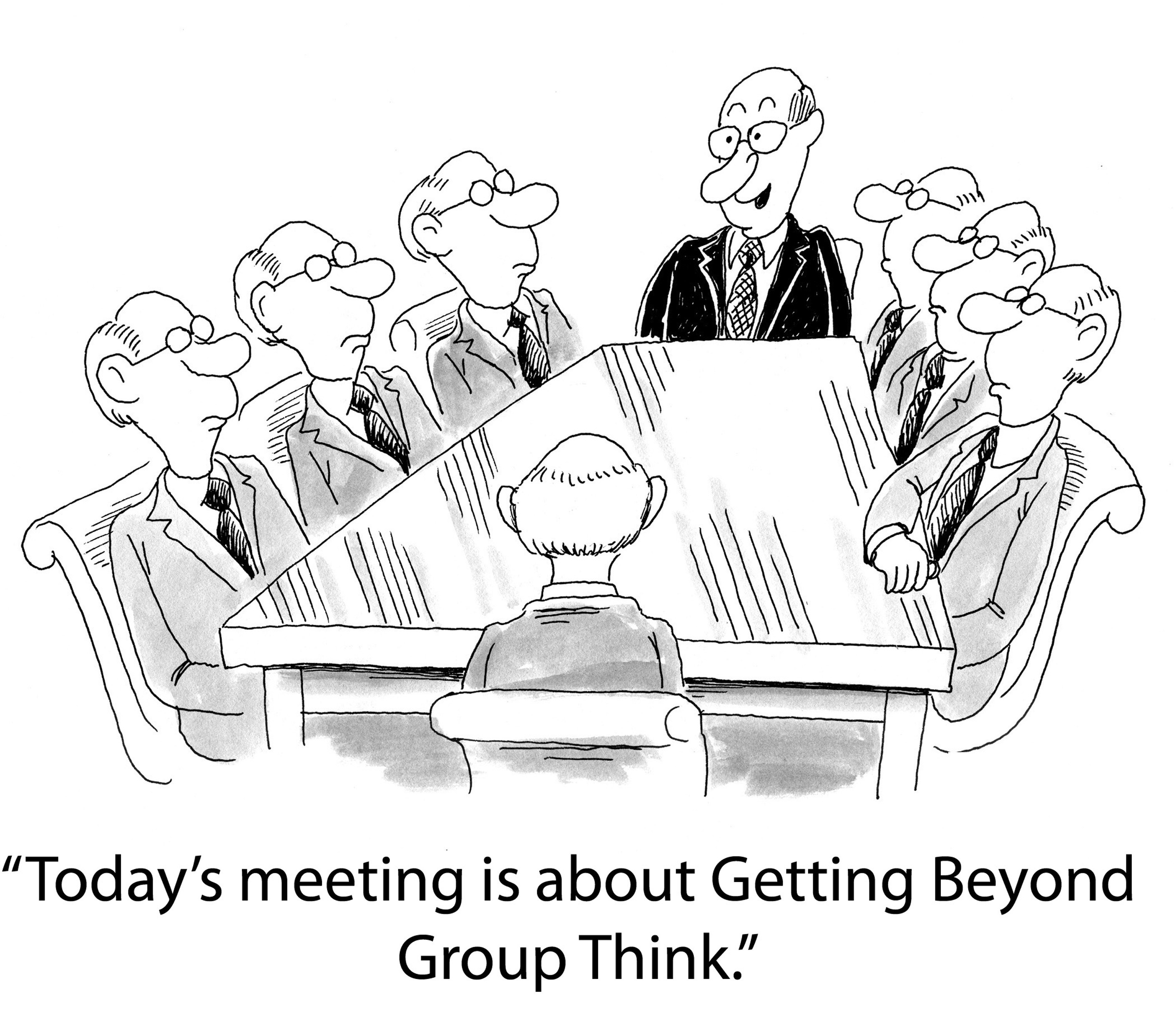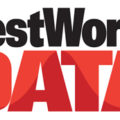Rethinking the Operating Model for Talent and Work
The concept of fractionalized or gig work is alive and well but the concept of defining terms of work with freedom and autonomy to choose the “how” of work among workers is indeed the future of work. What can you do to tap into now? Read the below article.

Beyond the Job
To become more agile and to accommodate changing worker demands, organizations will increasingly do away with the traditional concept of the job. As a result, organizations need a fundamental rethink of the operating model for talent and work.
By Susan Cantrell, Deloitte
Ever since Adam Smith wrote about the division of labor over a century ago, jobs have been the dominating structure for organizing work. Managers give feedback, hire, promote and organize their teams around people in “jobs.” As HR professionals, our function has been based on the concept of the “job” with a fixed set of responsibilities. We write job descriptions, set compensation levels, create organizational charts, assign training and manage performance—all around these pre-defined jobs.
But the very notion of the job is increasingly becoming a relic of the industrial era. This approach worked well when organizations were stable and predictable, and when organizations competed more on scalable efficiency than on speed, innovation and agility.
If there’s a single thread running through the narratives on future of work, it is that we are moving away from the mechanistic, industrial models of the past to a more fluid, human and digital future in which our organizations, people and work organically adapt in real-time—and one with an ever-expanding portfolio of stakeholders, workforces, work options, work places and strategic futures that can no longer be categorized into simple boxes. To adapt to a changing world, we need to build something far more fit for purpose in a world in which speed, agility and innovation rule the day, and in which people expect more meaning, choice, growth and autonomy at work.






